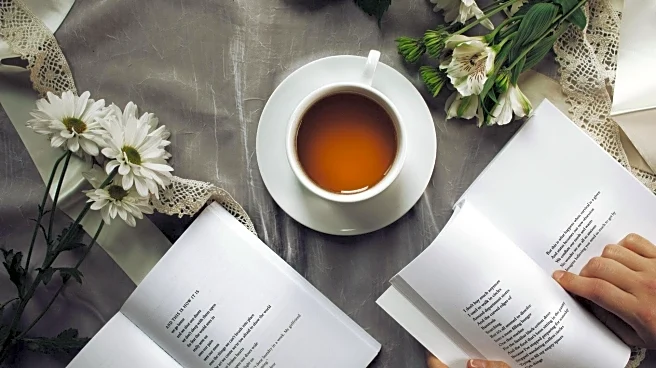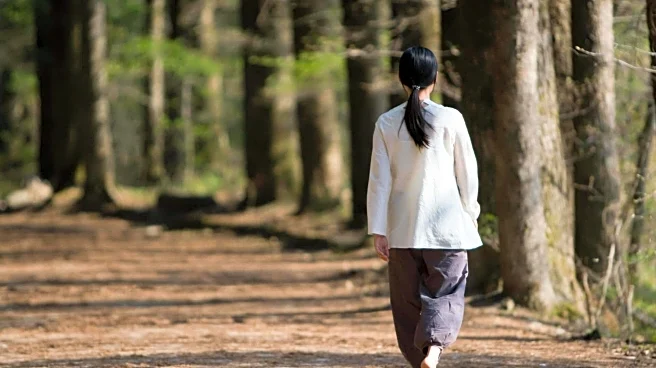For the little ones in Italy, the nap time is something that feels like a hug from nature. A video from a kindergarten in the country shows how toddlers are resting amidst the chirping of birds. They are all
seen taking sound sleep as the birds are heard chirping in the background.
It may appear the practice is new, but it is well-known how natural sounds bring calming effects. We mostly take breaks from city hustle to hill stations and relax in nature because the sound of birds, wind through leaves or running water can have a soothing impact.
Seeing children rest peacefully to the sound of birds in Italy raises an interesting question: How do natural sounds influence relaxation and sleep in children?
How Bird Sounds Help Babies Sleep
Many parents notice that the natural chirping of birds has a calming effect on infants. The gentle, unpredictable rhythm of bird song can evoke a sense of calm and safety. It makes it easier for children to settle down and drift into sleep. Unlike lullabies, the natural tones of birds can make a room feel more peaceful and connected to the outdoors.
Bird Sounds In Schools
While schools rarely use bird song specifically to make children sleep, these natural sounds are sometimes used to improve focus and attention. Many experiments in classrooms have shown that listening to birds can help students become more alert after breaks. In one particular study in a primary school in Liverpool, it was found that students who were listening to bird song were able to concentrate better.
Why Bird Sounds Work
Birdsong has a calming effect on the body and mind. It activates the parasympathetic nervous system that help slow heart rates, ease tension and create a sense of peace. These effects can indirectly support sleep by helping children relax before rest. While white noise and lullabies are also commonly used to encourage sleep, birdsong offers a natural alternative.
How Do Classrooms Incorporate Nature Sounds
Some schools incorporate nature sounds like birdsong or flowing water as part of creating a calm environment. These sounds help block out distractions and reduce stress which makes it easier for students to focus.
Children often report feeling more relaxed when nature soundscapes are present and teachers have noticed improvements in attention and mood.
Bird Sounds vs White Noise for Infant Sleep
Different sounds affect sleep in different ways. Birdsong is pleasant and soothing but its varying patterns can sometimes be stimulating rather than calming. In comparison, white noise produces a steady, continuous sound that has been shown to help babies fall asleep quickly and stay asleep longer by masking sudden background noises.
Pink noise, a softer version of white noise, mimics sounds from the womb and is increasingly used for promoting deep sleep.
What Does Research Say?
Experts note that irregular sounds like chirping birds or crashing waves may not be ideal for newborns as sudden changes in pitch or rhythm can sometimes disturb their sleep. In contrast, steady, low-pitched sounds such as white or pink noise are generally more effective in helping babies fall asleep and stay asleep. Studies show that about 80 per cent of newborns exposed to white noise fall asleep within just a few minutes.
On the other hand, natural sounds can still be comforting. They may help toddlers feel relaxed and safe. Birdsong is known to promote relaxation and a sense of security and research suggests it can even reduce feelings of anxiety or mild stress in both children and adults. At the same time, its inconsistent patterns make it less reliable than white noise for actively inducing sleep in very young infants.













